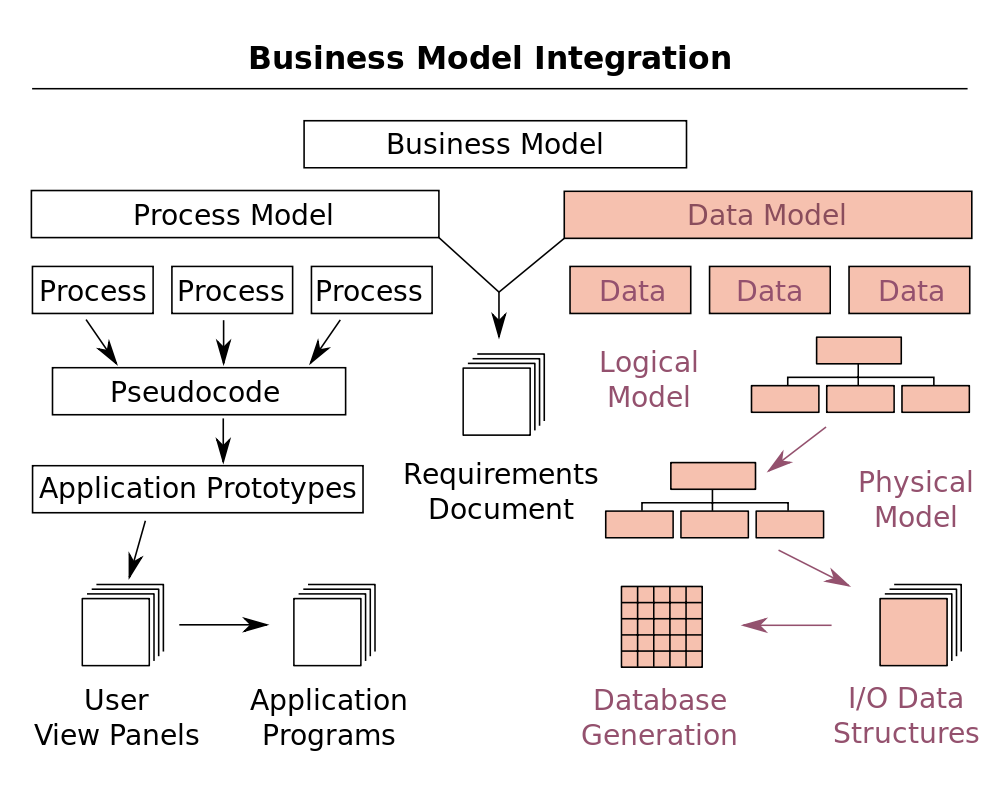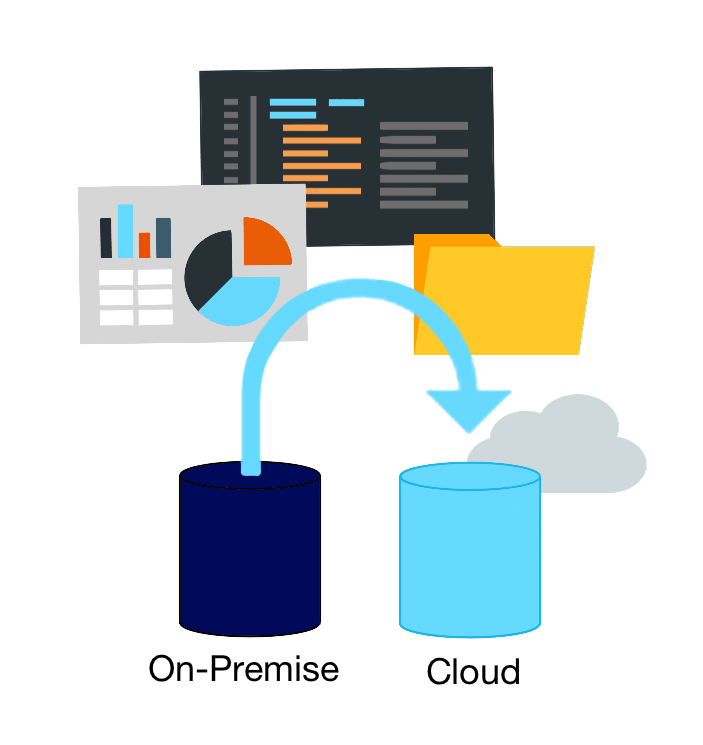Data Migration
Our consultants advise companies on preparing, extracting, and transforming data to move it from On-Prem to Cloud. Data Validation is also performed to ensure data integrity.
Data migration occurs because of several factors (such as data recovery, consolidation, maintenance or upgrades, and so forth). Business processes operate through a combo of human and application systems actions, which are then often orchestrated by business process management tools. When these change, it can require the movement of data from one store, database or application to another one to reflect the changes to the organization and information about customers, products and operations. Examples of some of these migration drivers are mergers and acquisitions, business optimization, and reorganization to attack new markets or respond to competitive threat.
The first two sections of migration are typically routine operational activities that the IT department takes care of without the rest of the business being involved. The last two sections directly affect the operational users of processes and applications. They are necessarily complex, and delivering them without significant business downtime can be challenging. A highly adaptive approach, concurrent synchronization, a business-oriented audit capability, and clear visibility of the migration for stakeholders—through a project management office or data governance team—are likely to be key requirements in such migrations.
Schema migration
We can help your company move from one database vendor to another, or upgrade the version of your current database software. For Physical Data Migrations, a physical transformation process may be required since the underlying data format can change significantly. This may or may not have an effect on behavior within the applications layer, depending largely on whether the data manipulation language or protocol has changed. Migrations from Sybase, MySQL, DB2 or SQL Server to Oracle (or vice versa) include a testing cycle to be ensure that both functional and non-functional performance has not been adversely affected. Applying a schema migration to a production database is always a risk to the databse. Development and test databases also tend to be smaller and cleaner. The data in these databases is better understood or, if everything else fails, the amount of data is small enough for a human to process. Production databases are typically huge, old and full of surprises. The surprises can come from many sources:
-
Corrupt data that was written by previous versions of the software and were not cleaned properly
- Implied dependencies within the data that no one knows about anymore
- People directly changing the database without using the designated tools provided
- Bugs in the schema migration tools
- Mistakes in assumptions how data should be migrated
For these reasons, the migration process needs a high level of discipline, thorough testing and a sound backup strategy.
For more information,
click here to learn more.
ETL (Extract, Transform, Load)
ETL is a process that extracts data from different relational database management source systems, then transforms the data and finally loads the data into the Data Warehouse system. It is a tool that helps companies analyze their data to make critical business decisions. As sources change, the Data Warehouse will automatically update because of the recurring activity of ETL. It also helps to migrate data and converts to various formats and types to accomodate one consistent system.
Step 1: Extraction
Data is extracted from different source systems into the staging area.
The staging area validates extracted data before it moves into the Data Warehouse.
Step 2: Transformation
Transformations are done in the staging area so that performance of source systems are not corrupt. The data that was extracted is raw which will then be cleansed, mapped and transformed.
Step 3: Load
A volume of data is loaded in a relatively short period (nights). Therefore, the loading process should be optimized for performance. In case of loading failure, recover mechanisms should be reconfigured to restart without data integrity loss.


